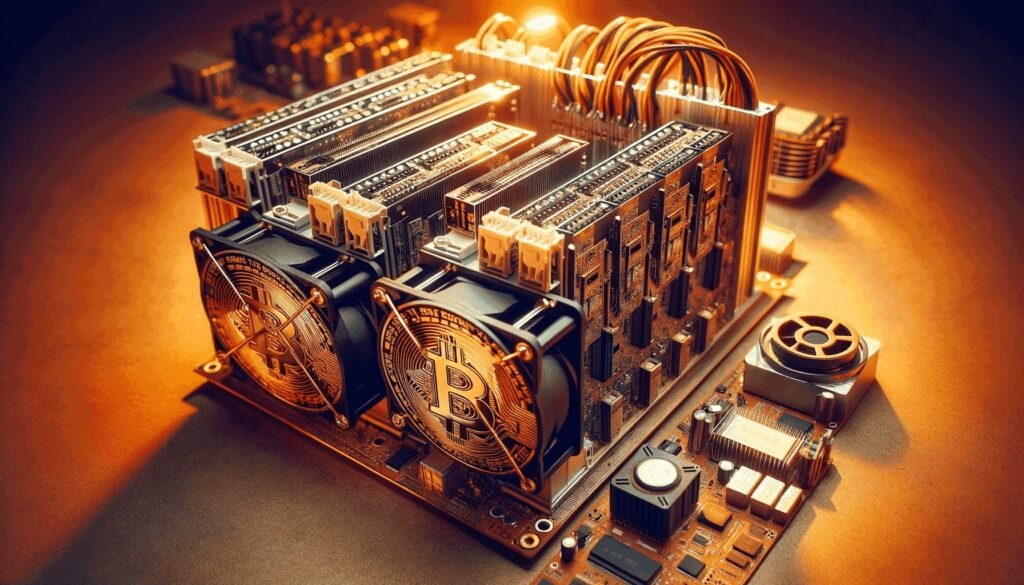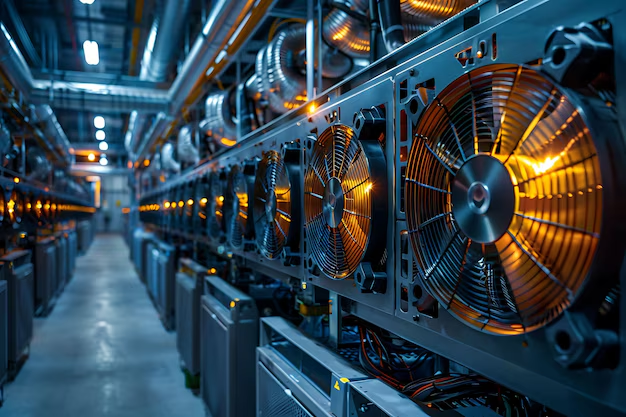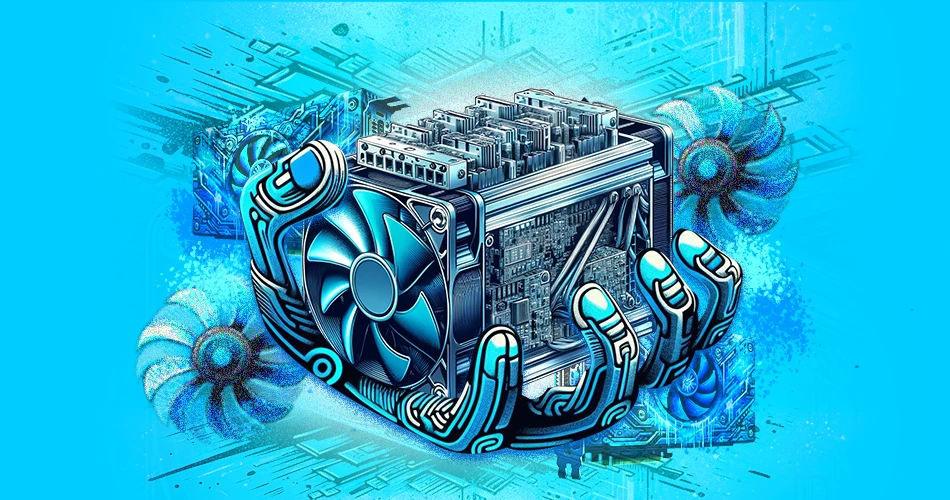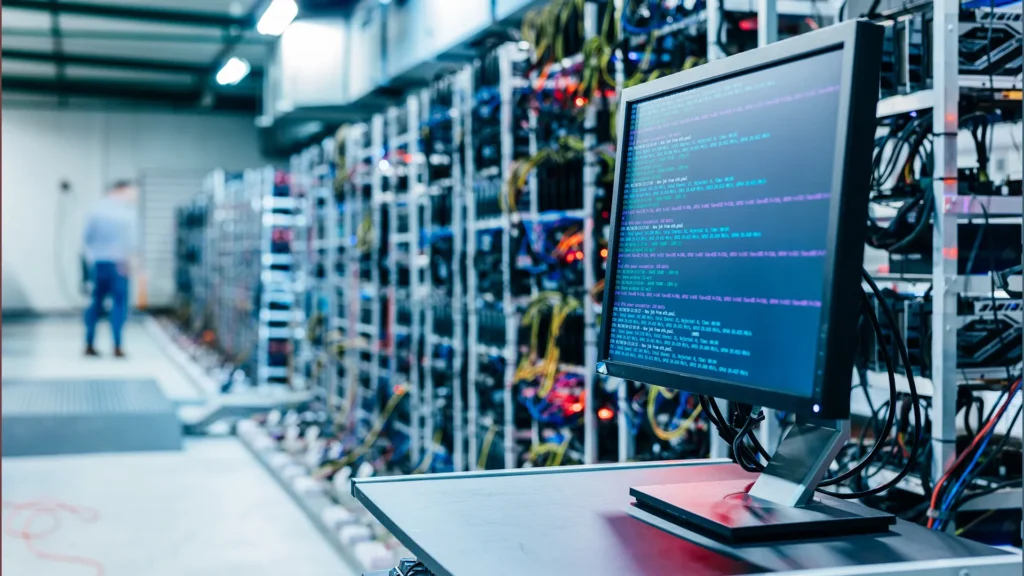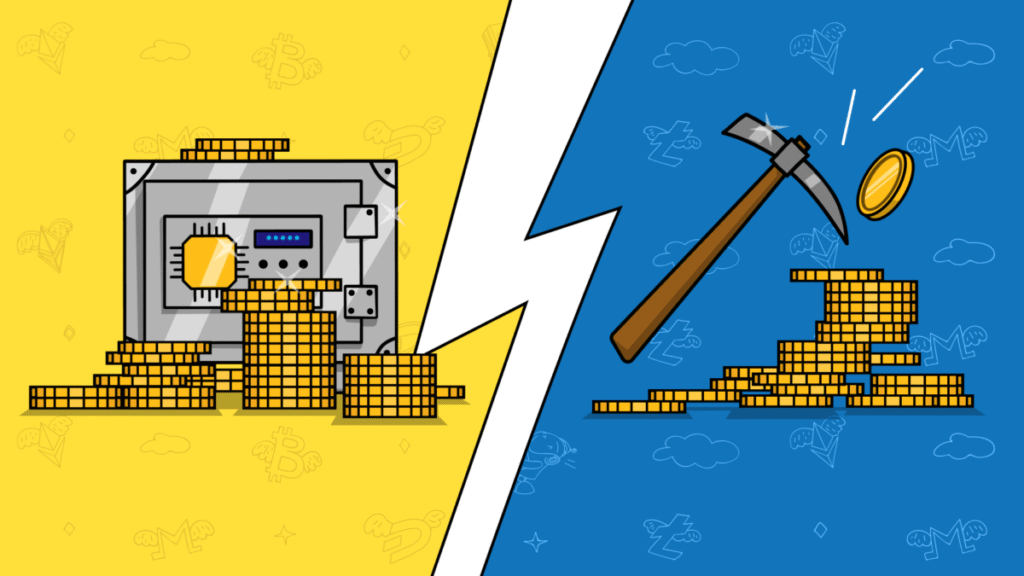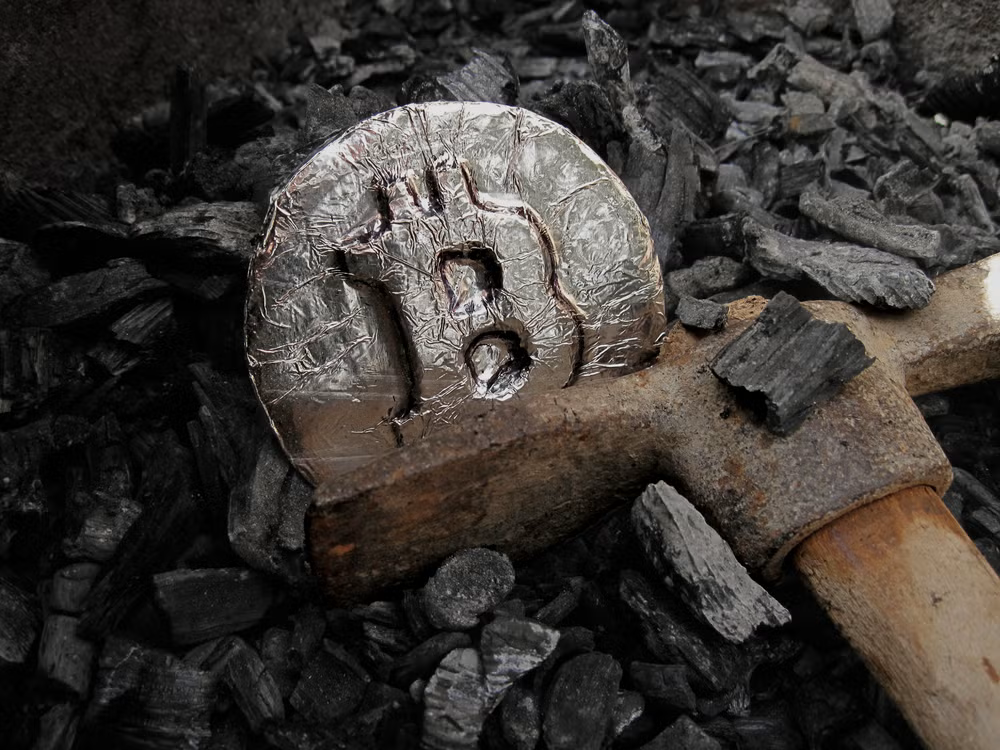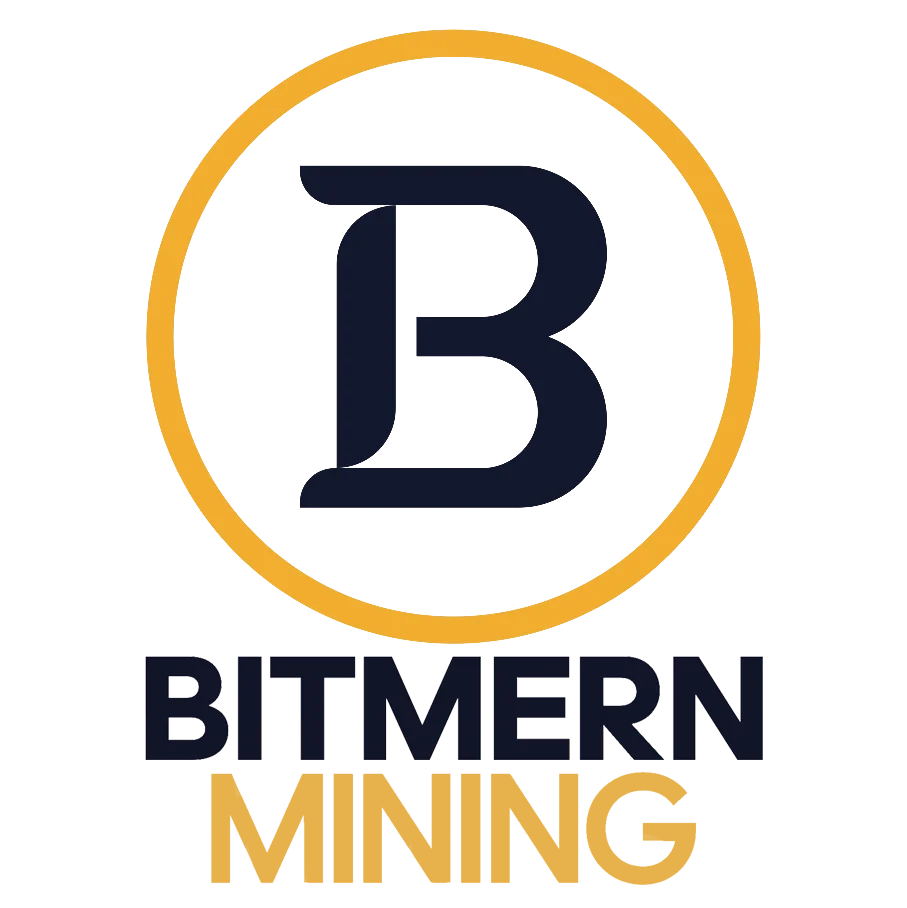Bitcoin mining hardware (ASICs) is evolving rapidly. As electricity costs rise, network difficulty increases, and environmental standards tighten, ASIC designers are under pressure to deliver bigger hash rates, far greater efficiency, more robust reliability, and smarter integration with infrastructure. Here’s what the next wave of ASIC design is likely to look like—and what miners and hosts like Bitmern should expect.
1. Efficiency Improvements: Joules per Terahash and Process Shrink
- Recent models are achieving much better energy efficiency. Industry reports suggest new ASICs pushing down to 21–22 J/TH or even lower, compared to older models which were much less efficient.
- The push toward smaller semiconductor process nodes (e.g. 5nm, 3nm) is underway in chip design. These shrink nodes reduce power leakage, improve transistor density, and allow higher performance per watt.
- Cooling and heat‐management designs are improving: from better airflow and fan design to more immersive or liquid cooling solutions. Heat is one of the biggest bottlenecks for ASICs — efficient cooling helps maintain performance and reduce energy wasted in cooling overhead.
2. Integration of AI / Smart Firmware
- Firmware updates in newer ASICs are doing more than just bug fixes. They are integrating AI or algorithmic optimization: auto-balancing voltage and clock speeds, managing thermal throttling, diagnosing failing components, and optimizing hashrate vs power draw.
- Predictive maintenance is becoming more common: ASICs or host providers use sensors and monitoring tools to detect early signs of wear, anomalous heat / power draw, so repairs or adjustments can be made before failure leads to downtime.
3. Modular & Scalable Designs
- ASICs are expected to become more modular: components like cooling modules, power supply units, or heat sinks may be more easily swapped or upgraded, rather than replacing the entire unit. This helps extend lifespan and makes maintenance more cost-efficient.
- Scalable ASIC infrastructure means machines or rigs built today are better prepared to handle future upgrades—firmware enhancements, more efficient heat dissipation, better power delivery. This is a trend especially valuable in hosting environments.
4. Environmental, Regulatory, and ESG-Driven Design
- With public and regulatory pressure increasing around carbon emissions and sustainability, ASIC designers are incorporating energy-efficient features, renewable-friendly design, and lower waste manufacturing.
- Designs that reduce reliance on noisy cooling (via immersion or liquid cooling), make use of renewable energy inputs, or operate under more favorable environmental metrics will become more valuable.
5. New Cooling Technologies & Thermal Management
- As mentioned, cooling is a central design challenge. Immersion cooling and hybrid liquid/air cooling are growing in adoption as a way to remove thermal bottlenecks and reduce fail rates.
- More intelligent thermal management via firmware/AI to control fan curves, throttle under high temps, etc. becomes standard rather than optional.
6. Customization, Specialization & Diversification
- ASICs designed not just for raw hash rate but tailored for certain conditions (e.g. climates, power cost profiles, mining pool dynamics) will see more demand.
- Specialization may include chips designed for efficiency in constrained electricity price environments, or ASICs that can better adjust to varying difficulty/regulatory conditions.
- Also, diversification in chip suppliers may help reduce supply chain risk and give hosting providers more leverage.
7. What Bitmern & Hosts Should Expect / Prepare For
Given these trends, hosts like Bitmern should consider:
- Partnering with ASIC manufacturers that support firmware updates and improvements so hardware stays relevant longer.
- Ensuring infrastructure (cooling, power delivery, redundancy) is ready to support more power-dense, high-efficiency machines.
- Monitoring ASIC metrics closely to assess when new ASIC models outperform older ones enough to justify upgrade.
- Seeking ASICs whose specs (watts per TH, heat dissipation, durability) match the low-cost energy sites (like Ethiopia & USA) to maximize ROI.
Conclusion
The next generation of ASIC design is not just about making faster chips—it’s about smarter, more efficient, more sustainable, and more adaptable hardware. ASICs with lower joules per terahash, better cooling, AI-assisted monitoring, modularity, and environmental compliance will lead the way. Hosting firms and miners who anticipate these shifts will be the ones who stay profitable as block rewards shrink, difficulty rises, and energy costs become more crucial.

